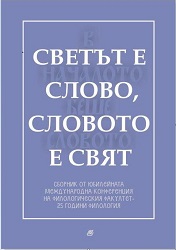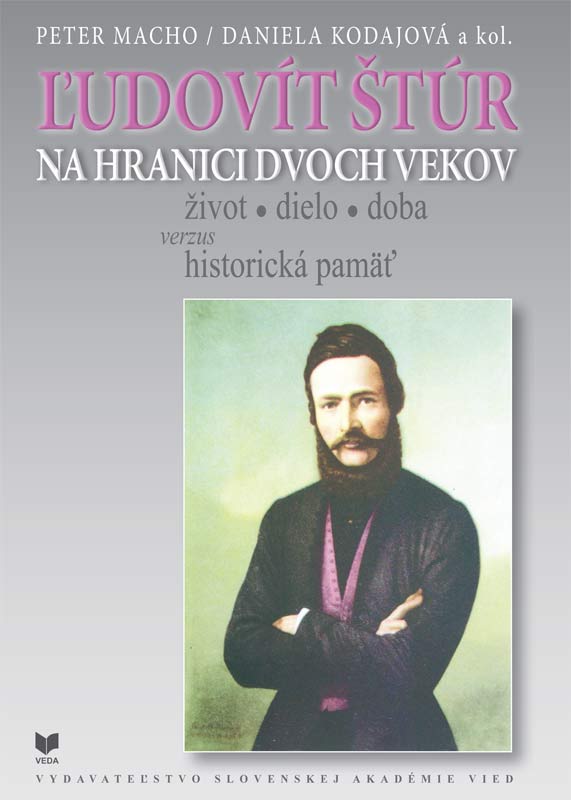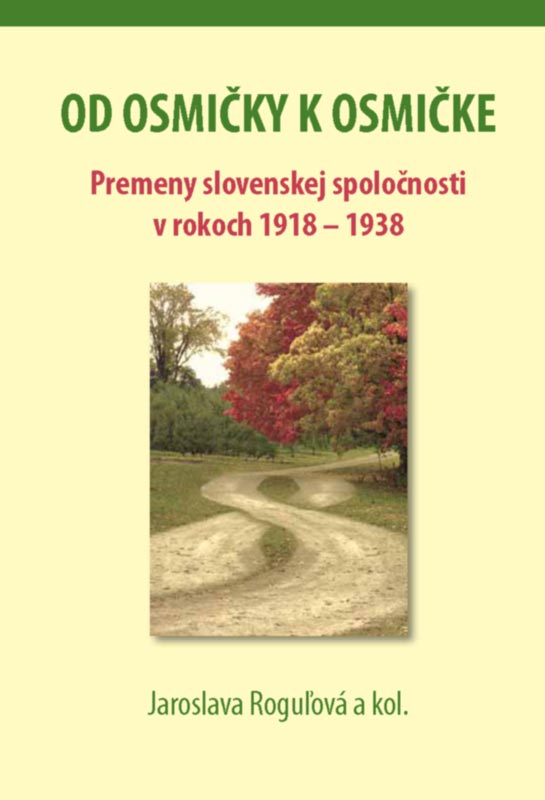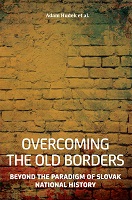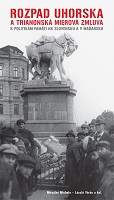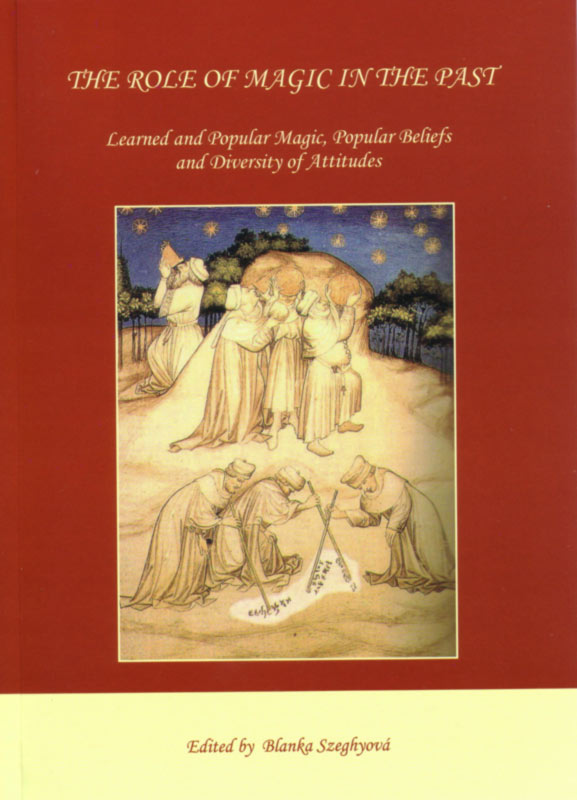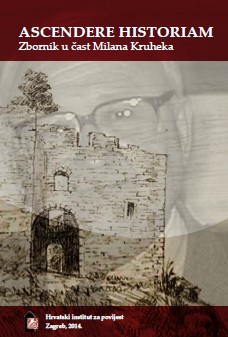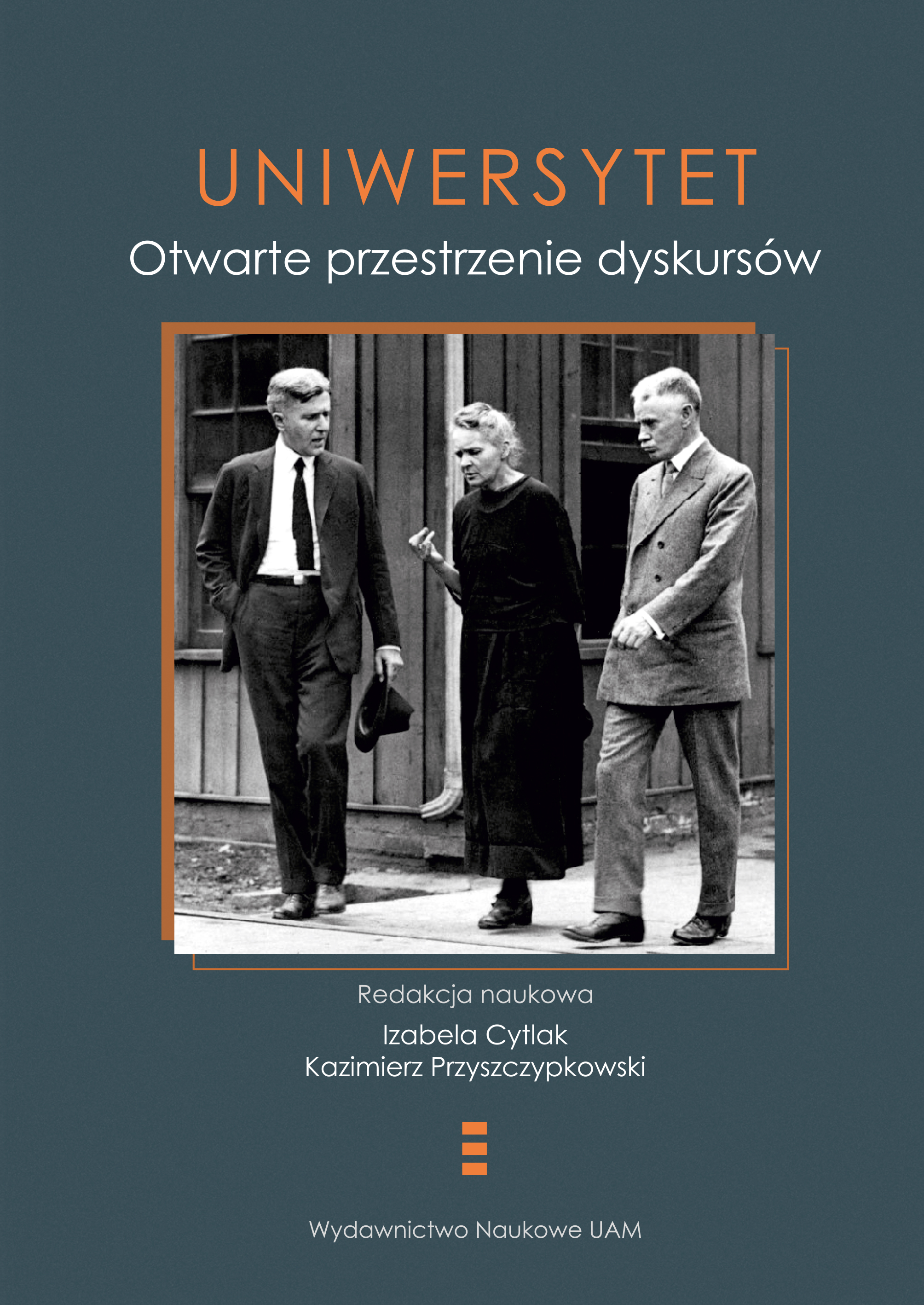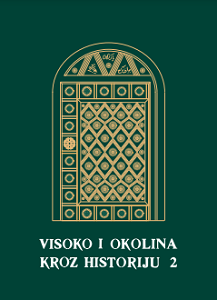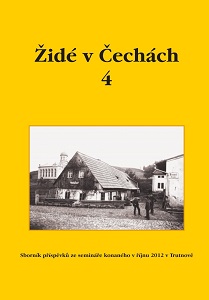Author(s): Adnan Kadrić / Language(s): Bosnian
Publication Year: 0
Opća osobitost kulturnog života ranog novog vijeka u Bosni, sa manjim izuzecima, jeste tendencija premještanja društvenog života i javnih događanja iz utvrda povrh grada u predgrađa i doline gdje nastaju nova naselja. Brojne utvrde u novovjekovnoj Bosni gube strateški značaj, te najčešće postaju mjestom stacioniranja određene vojne jedinice a ne središtem društvenog života lokalnog ili pokrajinskog plemstva. Štaviše, s dolaskom Osmanlija uz staro nastaje i novo plemstvo. Budući da je u srednjem vijeku na prostoru Vrhbosne bilo tek nekoliko manjih naselja i da je značajan dio društvenih aktivnosti bio raspoređen na porodice i njihova imanja, uključujući i život u tvrđavama, Visoko je predstavljalo važan regionalni centar ponajprije zbog svog povoljnog geografskog položaja u dolini rijeke Bosne i zbog blizine okolnih rudnika. Kao što je poznato, u Visoki su povremeno dolazili bosanski vladari, u njemu je boravio veliki knez bosanski, te nevelika posada i manji broj zanatlija, što potvrđuje značaj Visokog u srednjem vijeku kao jednog od središta javnog života i brojnih kulturnih zbivanja u gornjem toku rijeke Bosne. Mnoštvo spomenika pismenosti koji se odnose na prostor Visokog i okoline iz navedenog, predosmanskog perioda potvrđuju navedenu činjenicu.1 Svakako je vrlo realna pretpostavka da je prostor Visokog u srednjem vijeku bio mjesto gdje su se prepisivale i čitale knjige koje su u to vrijeme kružile unutar južnoslavenske interliterarne zajednice, a koje su imale posebnu bosansku redakciju i osobeno pismo, bosančicu. I u osmanskom periodu zapaža se razvitak pismenosti u samom Visokom, ali i u brojnim mjestima, selima izvan Visokog, kao što su Mile, Milodraž i sl. Pretpostavke o snažno razvijenoj Crkvi bosanskoj u okolini Visokog nisu bez utemeljenja u historiografiji. U početnom periodu dolaska Osmanlija na prostor Visokog još uvijek su se vodili sporovi između različitih nemuslimanskih grupacija stanovništva, među kojima je, pretpostavlja se, administrativno bila najsnažnija organizacija Crkve bosanske, unatoč neslaganjima sa posljednjim kraljem Tomaševićem koji se pri kraju vrlo kratke vladavine više utvrđivao u Jajcu, ponajviše zbog ugarskih saveznika i logistike za ratovanje sa sjevera, a sve manje u Bobovcu, iako je Bobovac i dalje bio središte prilično uzdrmanog kraljevstva.
More...
